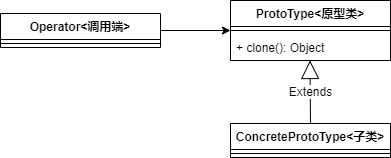1
2
3
4
5
6
7
8
9
10
11
12
13
14
15
16
17
18
19
20
21
22
23
24
25
26
27
28
29
30
31
32
33
34
35
36
37
38
39
40
41
42
43
44
45
46
47
48
49
50
51
52
53
| public class Robot implements Cloneable {
private int id = -1;
private String name = "";
private String color = "";
private String height = "";
private String weight = "";
private Weapon mWeapon = null;
public Robot(int id, String name, String color, String height, String weight) {
this.id = id;
this.name = name;
this.color = color;
this.height = height;
this.weight = weight;
}
public Robot(int id, String name, String color, String height, String weight, Weapon weapon) {
this.id = id;
this.name = name;
this.color = color;
this.height = height;
this.weight = weight;
this.mWeapon = weapon;
}
public void setId(int id) {
this.id = id;
}
public void setName(String name) {
this.name = name;
}
public void setColor(String color) {
this.color = color;
}
public void setWeapon(Weapon weapon) {
this.mWeapon = weapon;
}
@Override
public String toString() {
return String.format("Robot[id = %d, name = %s, color = %s, height = %s, weight = %s, weapon = %s", id, name, color, height, weight, mWeapon);
}
@Override
protected Object clone() throws CloneNotSupportedException {
Robot copyObject = (Robot) super.clone();
copyObject.setWeapon((Weapon)mWeapon.clone());
return copyObject;
}
}
|
